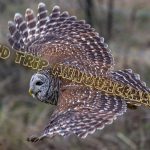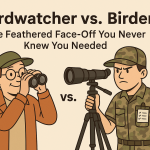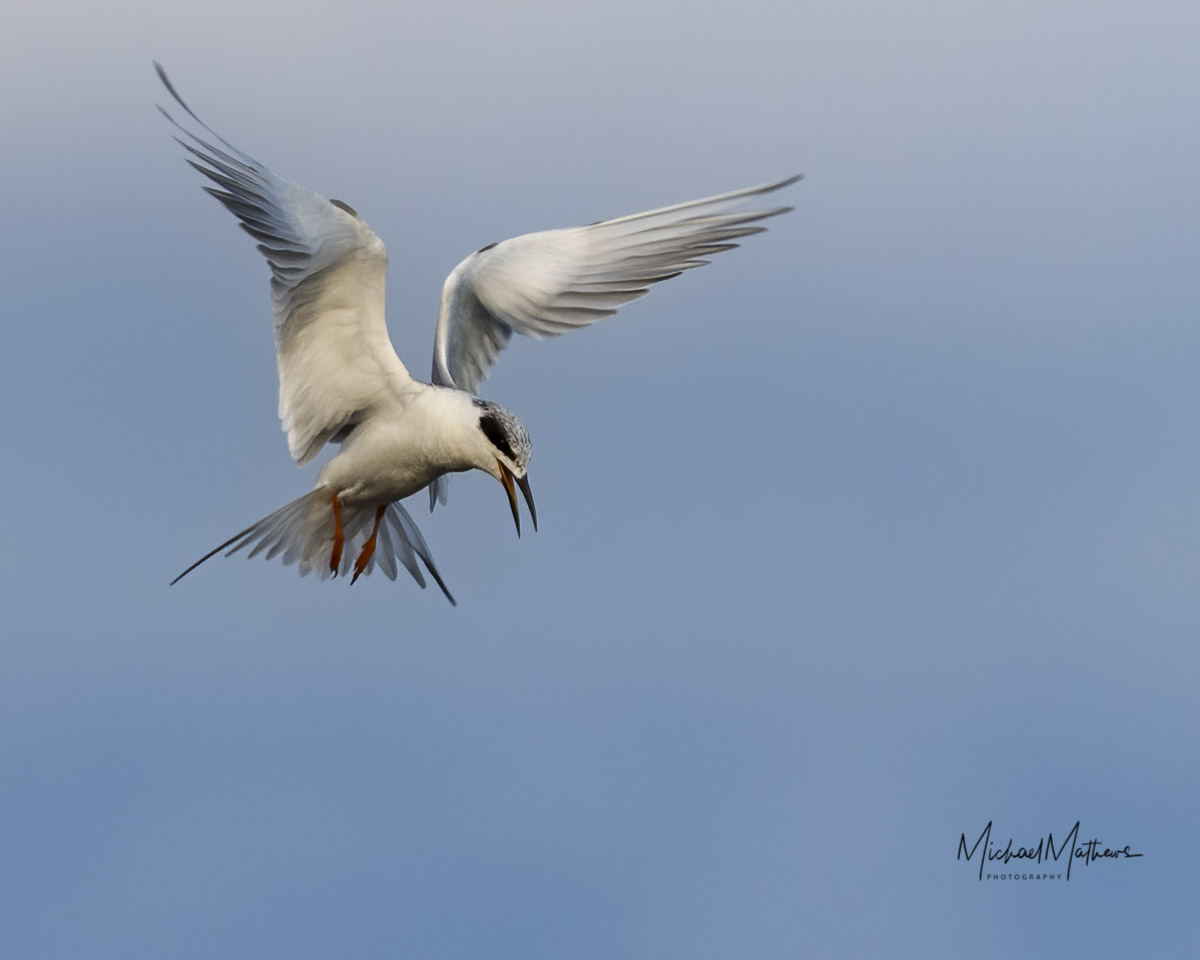(Revised 01-24-20. Originally published 04-18-15) As should be apparent from this blog, I love taking pictures. I always have. At times I have gotten rather serious about it. At one time I had a color darkroom and owned nearly a dozen nice cameras (mostly Nikons), lots of lenses and a mound of filters, flashes, battery drives, tripods, light meters, light umbrellas, etc. Much of my spare time was spent taking pictures. While my main focus (no pun intended) was nature-related, I took pictures of everything: local events, portraits, sporting events, and, yes, I actually did a few weddings. Actually, quite a few but that is another topic.
I am self-taught. Everything I know about photography prior to 2014, I learned through trial and error while devouring book after book. I have never had a photography class (although I have taught a few). Since 2014, I have spent a lot of time on YouTube watching videos on various topics related to nature photography. I also am a member of Kelby One and often watch their training videos. There is a wealth of information out there for anyone who truly wants to increase their skills.
At one point, I was very serious about photography, especially nature photography. I took hundreds and hundreds of pictures; reviewed my images critically; and used that self-criticism to get better. Photography was never my profession but it was often a side-hustle. I was fortunate enough to be published in a couple of national magazines but never really pursued that.

Then, just as I did with enjoying nature, I got away from photography. While I always took pictures of family, certain events, and an occasional nature type photograph, it was on a much-reduced scale. I went from taking hundreds of pictures a month to taking a dozen or less a month.
With my return a few years ago, to appreciating and spending time with nature, I also have gotten back to being serious about photography. I am back to taking hundreds of pictures a month. Okay. Who’s kidding whom? I take thousands of photos most months?
There is a difference though. Before I was using a 35mm film. Now everything is digital. My first cameras had a built-in light meter and no automatic features. My current cameras all have Automatic settings. They also have a mind-blowing number of features, controls, and settings.

I am thankful for having to learn with the older equipment because it forced me to learn about shutter speeds, f stops (aperture settings), and so many things that modern cameras do automatically, but not near as well as when you are controlling those settings in certain situations.
Using digital cameras is a joy. There are certain things I miss about film, especially the color depth in slide film. Overall, though, I love digital. I am still learning how to bring out the best in my images the way I was able to do in the darkroom with film, but I am getting better at it. It is a continuing learning process.
Here are some things that I have learned about photography, nature photography in particular.
Tips For Better Nature Photographs
- Get closer. This is the number one rule for all photography. Fill your viewfinder with the image you want. Get as close as the subject will allow. That can be done by physically getting closer or using longer lenses.
- Use a tripod. There is an incredible difference in image quality in any light but it is critical in lower light situations. Even the slightest movement when the shutter opens decreases the quality of the image. Only in bright light situations is this not a serious factor. With lower light, the effect is greatly magnified. You may also want to use a manual electronic shutter release/cord. When shooting without a tripod, use a shutter speed that is at least as fast as the length of your lens. (If you are using a 200mm lens, your shutter speed should be at least 1/250). No matter how steady you are, there is a definite drop in quality of sharpness if you don’t use a higher shutter speed. The longer the lens, the more this effect is visible. VR functions that are builtin to most modern cameras have made this better, but I still go by the “old school” “reciprocal of the lens size”.
- Slowly release the shutter. Don’t “stab” at the shutter release. Slowly depress it to reduce camera shake. In some situations, you may want to use a manual or electronic shutter release.
- Learn about the subject you are photographing. Whether your subject is a landscape or of a bird, knowing more about the subject will allow you to take better images. With a landscape, knowing when the light is best or when there might be elements present such as shadows, clouds, animals or other parameters will produce better results. Knowing about the habits of the bird you are trying to photograph will help you plan the time, place, and situations needed for the best images. Knowing that most lizards will get used to your presence after a few minutes allows you to get closer and have the opportunity to catch the subject in natural situations.
- Compose for the image you want in the viewfinder. Your viewfinder shows what your image will be. Look to make sure all the elements you want in the image are present (so you don’t cut off feet or heads. . .). Make sure all the elements are pleasing to the eye. Watch out for things you don’t want in the image like trash. Compose in the viewfinder, not on your computer with your image processing software.
- Use the “Rule of Thirds”. As you look at your viewfinder, draw two imaginary lines an equal distance apart horizontally and another two lines vertically. When those lines intersect are places you should try to place critical focus points. This adds interest to the image. Try placing the eye there in close-ups or the head in full shots. You will be surprised at how much more dynamic the image will be. Don’t just put your subject in the center of the image. Nothing is more boring looking than having the subject right in the middle of the photo.
- Be aware of the light and learn to use it for the best effects. Light produces different effects and colors at different times of the day. It is also important that the light properly illuminate the subject and not be too bright in some areas, too dark in others. The angle of light can show a three-dimensional effect. Soft light may show greater detail. Bright light may help stop motion. Light effects are often controllable.
- Take your camera setting off AUTOMATIC and learn to use the different settings especially Aperture Priority. You don’t have to know every option but there are some that are critical. In particular, learn to use Aperture Priority so you can control the depth of field (how much of the image will be in sharp focus – or not in focus as the case may be). Learn about Shutter Priority so you can control action and shots as well as increase sharpness or soften it when needed. Learn about the different flash settings so you can learn to effectively use light by backlighting, fill lighting, red-eye reduction and more. For macro photography and when using longer lenses, you may want to know how to turn off automatic focus so you can better ensure your subject if properly in focus.
These are all just basic tips but critical. Nothing will teach you more about becoming a better photographer than getting out there and taking pictures. Learn by doing. No matter what you are trying to do, you get better with practice. It will help if you review your images and try to determine what you did wrong; what you can do to make it better; and then go out and try again.














Related Posts
Don’t Call Me a Birdwatcher! A Birder’s Guide to the Ultimate Identity Crisis
Why Every Birder Should Use eBird: 8 Reasons It is a Game-Changer!
Where the Birds Sing: Birding Adventures From Scenic View on Lone Star Lake
Spring Migration in Texas: The Original Air Show